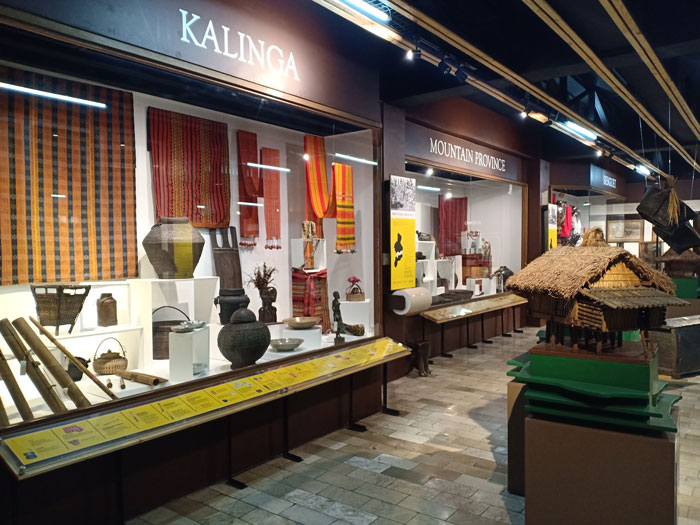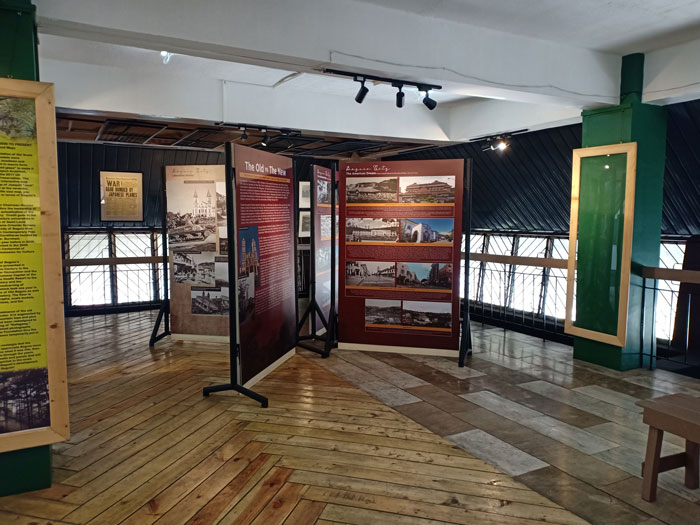
Baguio Museum aims to be the repository of ethnolinguistic artifacts of the indigenous tribes of the Cordilleras. It is also a unique hub of the history of Baguio City. Serving as the center for culture, arts, heritage, and education, it is the melting pot of the artistic expressions of the communities it exhibits.
Every tourist of Baguio should at least take a quick visit to this museum. The people of the Cordilleras are a proud people and are not shy to boast their heritage, history, and visions for their future.
What’s inside Baguio Museum?
The façade of the building was meant to resemble a kubo, a nipa hut house typical for the indigenous of the Cordilleras. The building offers three floors of exhibits, plus the basement serves as a gallery of arts.
The museum intends to display the culture and heritage of the six provinces of the Cordillera Administrative Region. Namely Apayao, Abra, Kalinga, Mountain Province, Ifugao, and Benguet.
Miniatures telling the lives of the indigenous are displayed which kids would surely love to learn from.
Clothing, accessories, and other everyday items takes visitors back to the past. Giving us an idea about the vibrant community that lived atop the mountains of this region.
A few mummies are also seen in Baguio Museum. Mummification of the dead in the mountain provinces, especially in Benguet, was restored to preserved the honored dead. Beliefs of prosperity, or perhaps to indicate their immortality, often is inline with the tradition of mummification.
The Ibalois of Benguet are the most known for mummifying their dead. These mummies are laid to rest in mountain caves.
An art gallery at the basement of Baguio Museum is emplaced to celebrate artists, both known and aspiring, from the provinces of the Cordilleras. Most of the art on display has prices, which hints that the artists can be contacted and be transacted with.
About Baguio City
There are also plenty of exhibits that focuses primarily about Baguio City itself.
The historical master planning of the city and its development through out the century and generations can be seen through models and infographics.
And of course, its history, information about its famous landmarks, and even infographics of past leaders are featured.














